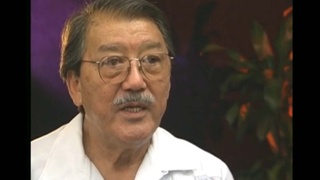Interviews
Fighting For What’s Right
Well, I think the legacy is, for the Nisei, if they hadn't been aware of it before, that they can use, that they should use their rights as citizens to ask for relief. So, you might lose maybe, but at least you may take, you know, you have to take that chance. And it's like Henry said, that some of his non-Japanese friends kind of, didn't respect us because we weren't fighting for what we thought was right, and that we were being so quiet and taking all that, I guess, on the chin. And also, I think, for the future generations, gives them some feeling that, "Well, our parents did it, you know, they suffered, but they went back and they fought, they took a stand."
Date: September 11, 1997
Location: California, US
Interviewer: Glen Kitayama
Contributed by: Denshō: The Japanese American Legacy Project.
Explore More Videos

Role of the redress movement in helping Nisei to open up about their wartime experiences
(b. 1946) Lawyer


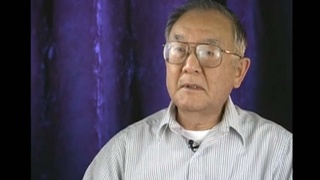
Evolving History
(1929 - 2014) One of the earliest proponents behind the redress movement.
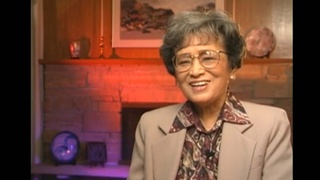
Need for Monetary Compensation
(1923–2008) One of the leaders behind the redress movement.

Erasing the Bitterness
(1923–2008) One of the leaders behind the redress movement.


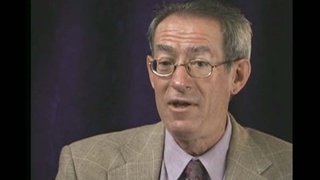
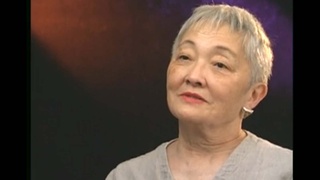
Duties of the Witness Chair
Chaired the Chicago JACL's Redress Committee.


